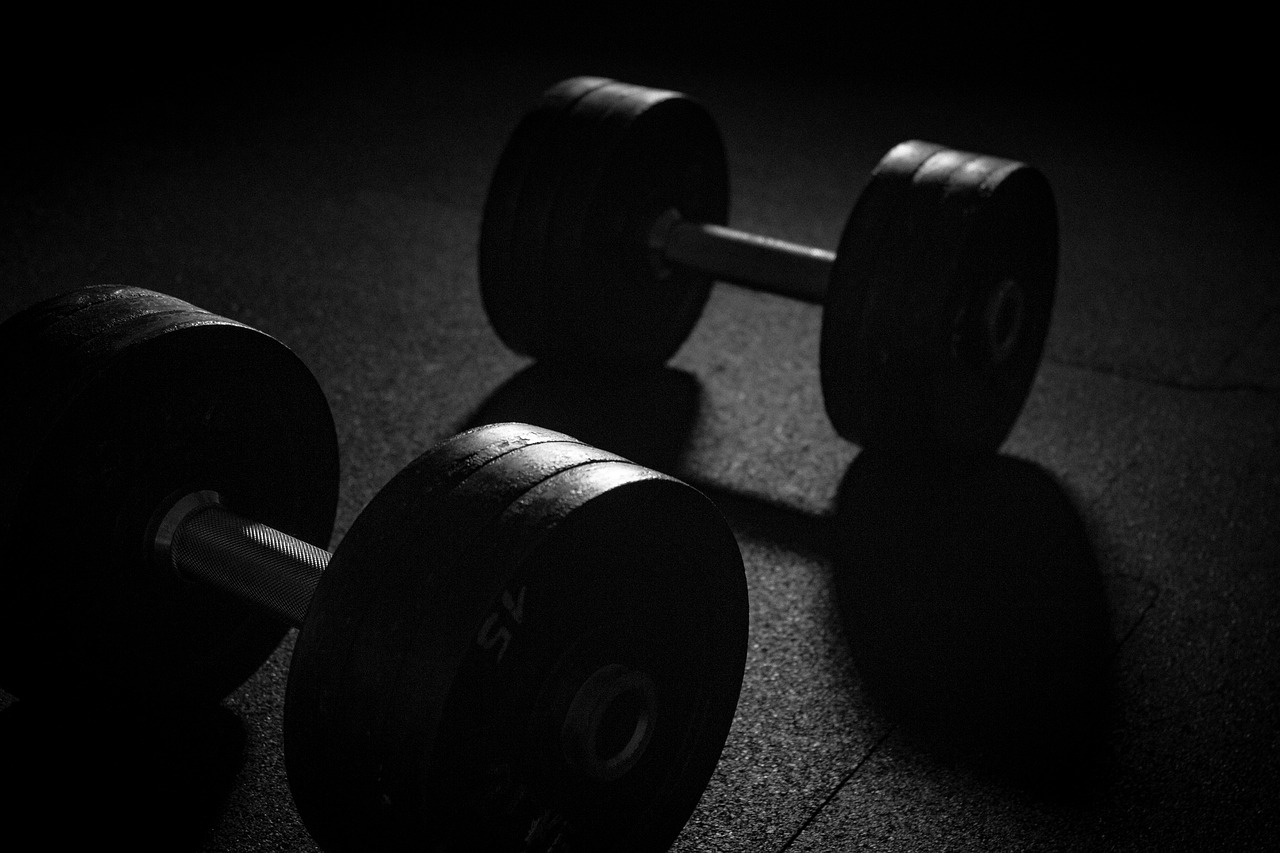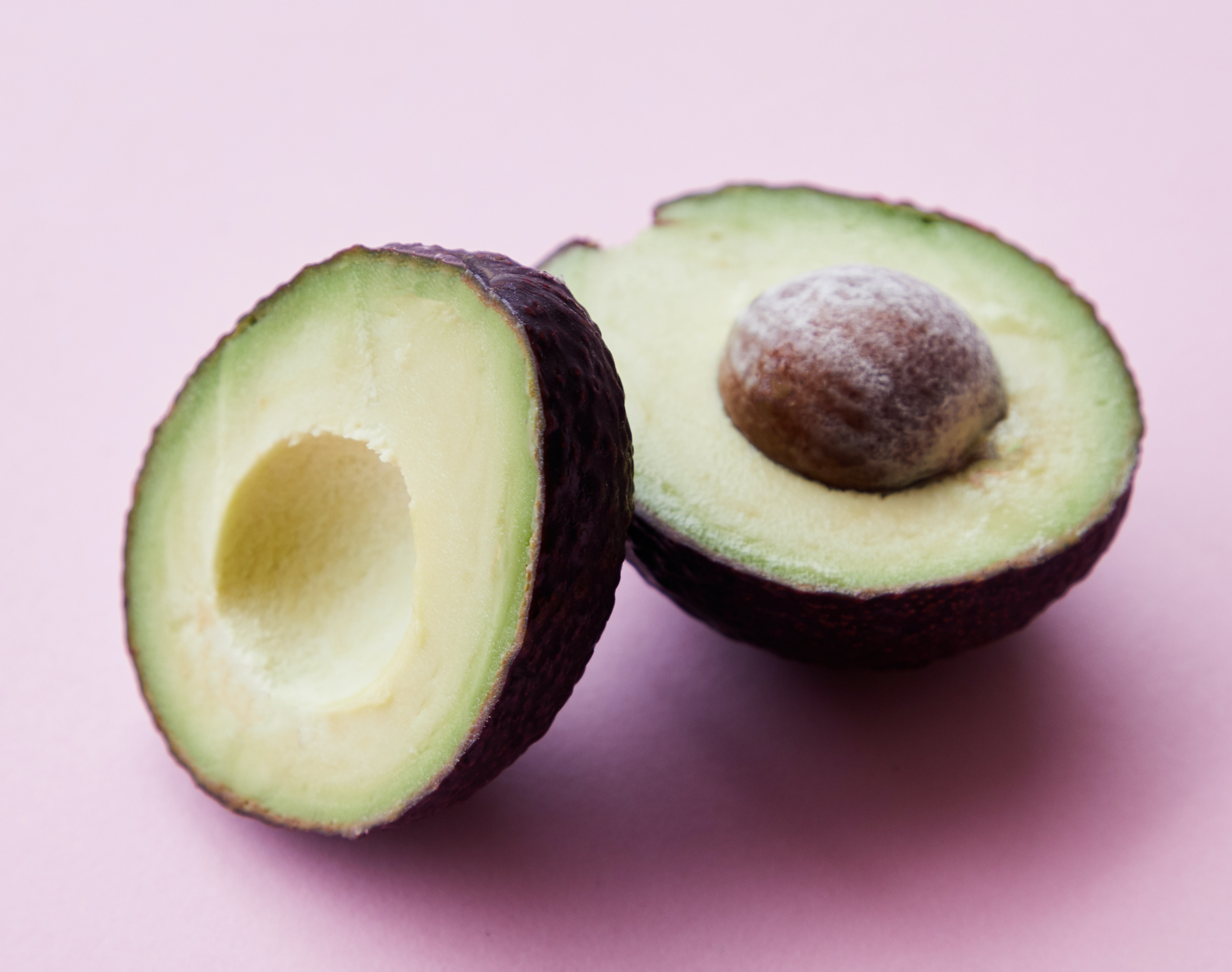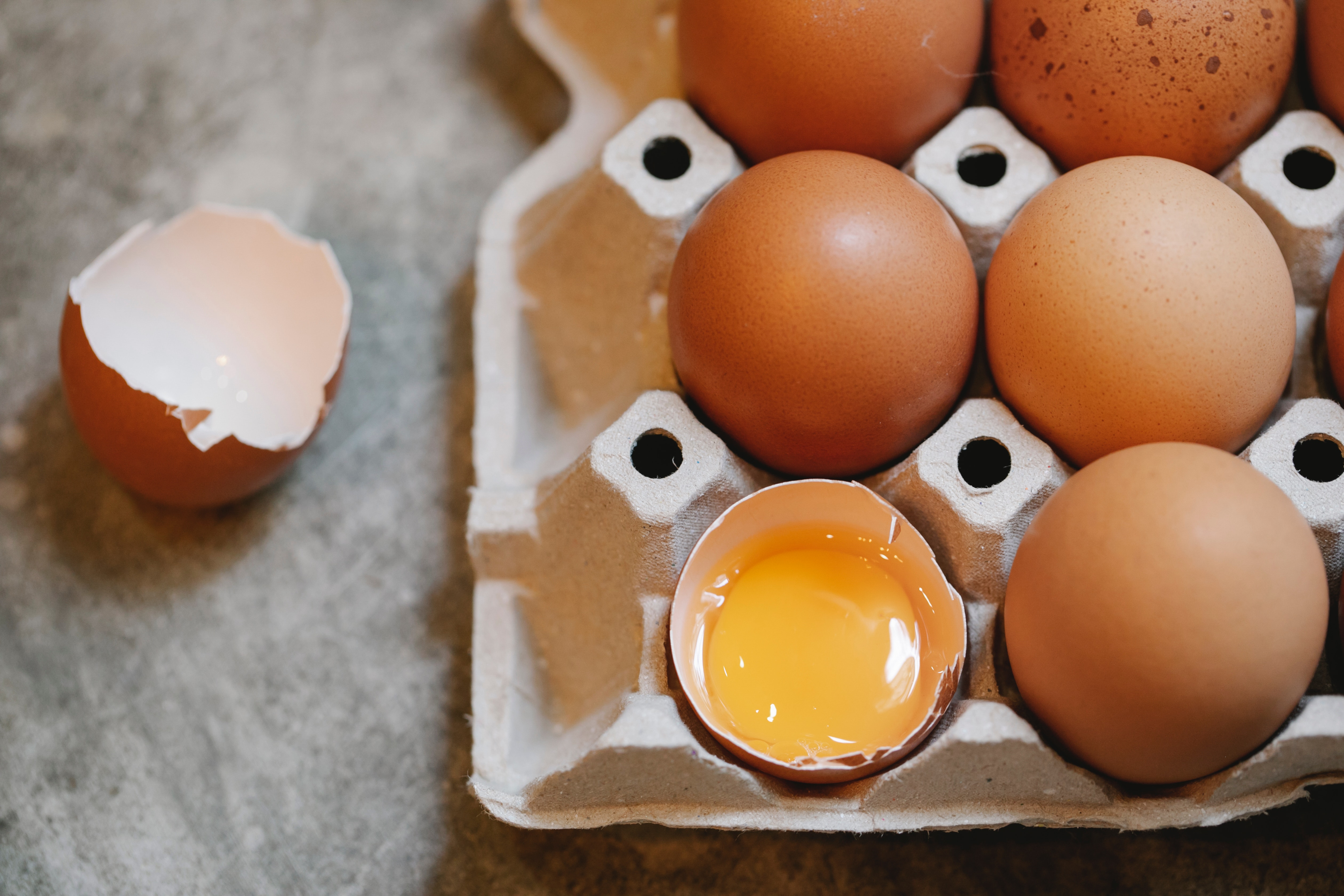Bulking Up for Optimal Muscle Growth with Intermittent Fasting
If you've ever visited a gym, you might have come across the term "bulking." But what does it mean? Simply put, bulking is the process of muscle building while consuming more calories than your body burns.
It's a common practice among weightlifters and bodybuilders who want to increase their muscle size and strength. But while bulking can help achieve your fitness goals, it comes with its own set of challenges.
Many people find it difficult to consume enough calories to gain muscle while also maintaining a healthy diet. That's where intermittent fasting comes in.
Intermittent fasting is an eating pattern that involves alternating periods of eating and fasting.
Instead of counting calories or following strict meal plans, people following this approach focus on when they eat rather than what they eat.
By restricting their food intake during certain hours, intermittent fasters can consume more calories during their eating window without gaining weight.
In this article, we'll explore how you can use intermittent fasting for bulking up and building serious muscle mass.
We'll discuss the different methods of intermittent fasting and how to structure your meals during the eating window for optimal muscle gain.
We'll also look into the benefits and challenges of using this approach for building lean muscle mass.

What is Intermittent Fasting?
Intermittent fasting is a type of eating pattern where you cycle between periods of fasting and eating. Essentially, it's not about what you eat, but when you eat.
There are multiple ways to practice intermittent fasting, with some of the most popular methods being the 16/8 method, 20/4 method, the 18/6 method, and alternate-day fasting.
The 16/8 method involves a fasting period of 16 hours and an 8-hour eating window. So for example, if you finish your last meal at 8 pm and start your fast at that time, you would break your fast at noon the following day and start your eating window with your first meal.
The 20/4 method is similar but has a shorter feeding window of only 4 hours. Alternate-day fasting involves consuming no more than 500 calories on one day and then eating normally the next.
Defining The Different Methods:
The most commonly used approach to intermittent fasting is the 16/8 (16 hour fast and 8 hour eating window) method. This approach generally involves skipping breakfast and starting your meals later in the day as a means of extending overnight fasts.
The longer period without food gives your body time to tap into fat stores for energy before insulin levels rise again.
The less common approach is called “Eat Stop Eat”, which requires one or two full days without any calorie consumption each week on top of regular intermittent fasting days.
Benefits Beyond Weight Loss:
While weight loss might be one reason why some people choose to try intermittent fasting, there are actually many other potential benefits beyond simply losing weight or body fat percentage.
One common benefit is improved blood sugar control due to better insulin sensitivity during fasted states.
Intermittent fasting may also promote autophagy - essentially cellular maintenance - by initiating cleanup processes in cells damaged by environmental toxins or aging factors like oxidative stressors such as free radicals within our environment.
Additionally, intermittent fasting may also improve brain function and cognitive abilities, as well as reduce inflammation levels in the body which can be beneficial to a variety of health conditions.
How does bulking with intermittent fasting work?
Intermittent fasting works by dividing the day into specific eating and fasting periods. During the eating period, you consume all of your meals for the day within a shorter time frame than traditional diets. This could be an 8-hour window or even as short as 4 hours.

The rest of the time is spent fasting, which allows your body to enter a state of ketosis where it burns stored body fat for energy.
When bulking with intermittent fasting, it's essential to structure your meals and calorie consumption properly during the feeding window to maximize muscle gain.
One way to do this is by consuming most of your calories and protein in two or three larger meals rather than several smaller ones.
This allows for more significant insulin spikes, which can increase protein synthesis and muscle growth.
Structuring Meals During the Feeding Window:
During the feeding window, it's important to hit calorie and macronutrient goals so that your body has enough energy and nutrients to gain muscle and build muscle mass.
A general guideline for bulking is to consume a surplus of calories every day (usually about 250-500 above maintenance) while increasing protein intake to up to one gram per pound of body weight.
To structure meals correctly, start with high-protein foods like chicken breast, grass-fed lean beef, or pastured eggs as your main source of protein.
Fill in the rest of your calorie needs with healthy carbohydrates like sweet potatoes or brown rice and healthy fats like nuts, avocado, coconut oil, or MCT oil.

Importance Of Hitting Calorie And Macronutrient Goals:
Hitting calorie and macronutrient goals during the feeding window is crucial when bulking with intermittent fasting because you have less time during the day to eat all necessary nutrients needed for muscle growth compared to traditional diets.
If you don't hit your required calories, you won't have enough energy for intense resistance training needed to gain muscle.
If you don't consume enough protein, your muscles won't have enough amino acids to repair and grow properly and you might experience muscle loss.
Similarly, if you don't have enough carbohydrates, your body won't have the energy to push through resistance training with heavy weights that are crucial to gain muscle.
Structuring meals during the feeding window is key to maximizing muscle growth when bulking with intermittent fasting. Hitting calorie and macronutrient goals is essential for providing the necessary energy and nutrients needed for muscle gain while taking advantage of the benefits of intermittent fasting.
When you are bulking and doing intermittent fasting you are burning body fat while experiencing muscle growth this will completely change your body composition.
Benefits of bulking with intermittent fasting:
Leaner Gains (Body Composition changes) Compared to Traditional Bulking Methods:
One of the main benefits of bulking with intermittent fasting is that it can lead to leaner gains compared to traditional bulking methods.
This is because the shorter feeding window forces you to eat more nutrient-dense foods in order to hit your calorie and macro goals.
This means less junk food and more whole, unprocessed foods that are higher in protein, fiber, and other important nutrients.
Additionally, intermittent fasting allows your body to spend more time in a fasted state, which has been shown to increase human growth hormone levels and promote fat burning. This can help you build muscle without gaining as much fat as you would on a traditional bulk.

The benefits of intermittent fasting allow you to not experience weight gain, or fat gain, simultaneously with muscle gain as with a traditional bulking method by itself.
Improved Insulin Sensitivity and Overall Health Markers:
Another benefit of bulking with intermittent fasting is that it can improve insulin sensitivity and other health markers. When you fast for 16-20 hours per day, your body becomes more efficient at using insulin and glucose for energy.
This can lower your risk for type 2 diabetes and other metabolic diseases. Intermittent fasting has also been shown to reduce inflammation in the body, which can improve overall health markers such as blood pressure, cholesterol levels, and markers of oxidative stress.
Fasting has been shown to improve overall sleep quality.
The Psychological Benefits
Beyond the physical benefits, there are also psychological benefits to bulking and intermittent fasting. For one thing, having a shorter feeding window means fewer meals to plan and prepare each day.
This can be a relief for those who find meal prep overwhelming or time-consuming. Intermittent fasting can also be empowering because it gives you control over when you eat rather than feeling like you have to constantly snack or graze throughout the day.
Plus, knowing that you're only eating during certain hours can make it easier to resist temptation outside of those hours. It can also help you build discipline and self-control, which can carry over into other areas of your life.
Challenges of bulking and intermittent fasting:
The Hunger Issue:
One of the main concerns when it comes to intermittent fasting for bulking is dealing with hunger. When you're used to eating every few hours, going without food for 16-20 hour fast can be a daunting prospect. However, it's important to remember that hunger is temporary and will subside after a few days.
During this adjustment period, it may help to drink plenty of water and consume calorie-free beverages like coffee or tea. Another way to combat hunger during your fasting window is by incorporating more filling foods into your meals.
Vegetables are great for this as they are low in calories but high in fiber, which helps keep you feeling full for longer. You can also try consuming more protein as it also helps keep you satiated.
Consider adjusting your feeding window if hunger continues to be an issue. For instance, if you normally have your first meal at noon but find yourself feeling too hungry during the mornings, shift the feeding window earlier.

Calorie Deficit:
Another concern when bulking with intermittent fasting is hitting calorie goals within a shorter feeding window. This can be particularly challenging if you're already consuming large amounts of food during your meals but still struggling to reach your daily caloric needs. One solution is to increase meal frequency during the feeding window.
Rather than trying to squeeze all of your calories into two or three large meals, split them up into four or five smaller ones throughout the day. This allows you to spread out your food intake and make it more manageable.
Alternatively, consider consuming calorie-dense foods that are easier to eat in larger quantities within a shorter period of time. Some good options include nuts and nut butters, avocados, dried fruit and coconut oil.
Social Challenges:
One challenge that many people don't consider is the social aspect of intermittent fasting. If you're used to eating breakfast with your family or going out for lunch with coworkers, skipping meals during those times can be difficult.
It's important to communicate your goals and needs with those around you so they can be supportive and understanding.
One way to make things easier socially is by adjusting your feeding window to accommodate social events. For example, if you have a dinner party coming up that falls outside of your usual feeding window, shift your eating times accordingly.
Another option is to bring your own food or snacks so that you can still participate in social events even if the available food doesn't fit within your eating schedule. Planning ahead and being prepared can go a long way in overcoming this challenge.
Sample Meal Plan for Bulking and Intermittent Fasting:
The Feeding Window:
Intermittent fasting involves dividing your day into two periods: a fasting period and a feeding period. During the feeding window, you need to consume all of your daily calories, which can be challenging when you're bulking and muscle building. That's why it's important to plan your meals carefully.
The Macros and Calories:
When bulking with intermittent fasting, it's essential to focus on both macronutrients and calories. You want to make sure that you're consuming enough protein, carbohydrates, and fat while staying within your calorie goals.
For example, a 200-pound man who wants to gain muscle may need around 3000-3500 calories per day. This could translate into a meal plan that includes:
- Three meals during the feeding window: breakfast at 12 pm, lunch at 3 pm and dinner at 6 pm. - Each meal contains around 1000 calories
- Each meal should have at least: - 65 grams of protein
- 70 grams of carbohydrates - 20 grams of fat
Adjusting Portions and Timing:
The beauty of intermittent fasting is its flexibility. You can adjust the timing or portion sizes based on your needs.
For example: - If you find yourself feeling too full or struggling with digestion during meals, try splitting them into smaller portions about an hour apart.
- If you notice that hunger strikes before the next scheduled meal in the feeding window: add an extra snack between meals. Remember that everyone’s routines are different so what works for someone else may not work for you.
Pay attention to how your body feels and adjust accordingly. Bulking with intermittent fasting is possible by carefully planning meals focused on macros and calorie intake within the feeding window.
While adjusting to this new routine, be mindful of how your body reacts and make changes as necessary. With consistency and effort, you can effectively gain muscle while using intermittent fasting as a tool.
Conclusion
Intermittent fasting has become a popular way to lose weight and improve health in recent years, but it can also be an effective tool for those looking to bulk up and gain muscle.
By combining intermittent fasting with a well-structured workout routine including heavy weights and proper nutrition, individuals can see impressive gains while maintaining a lean physique.
One of the main benefits of bulking and intermittent fasting is the potential for leaner gains compared to traditional bulking methods that involve consuming excess calories throughout the day.
By limiting the feeding window, individuals can ensure that they are consuming enough calories and protein to support muscle gain while minimizing the amount of excess energy stored as body fat.
Beyond its potential for leaner gains, intermittent fasting has been shown to have positive effects on insulin sensitivity and overall health markers.
By improving insulin sensitivity, individuals may be able to better manage blood sugar levels and reduce their risk of developing type 2 diabetes.
While there may be some challenges associated with bulking and intermittent fasting - such as feeling hungry during the fast or difficulty hitting calorie goals in a shorter window - these obstacles can be overcome with proper planning and preparation.
With consistent effort and dedication, you can achieve impressive results through this unique approach to muscle building.
Bulking with intermittent fasting is a viable option for those looking to gain muscle mass without sacrificing their aesthetic goals or overall health.
By following a well-planned nutrition program within a designated feeding window, coupled with resistance training exercises tailored towards your desired results will give you maximum results in your fitness journey.









